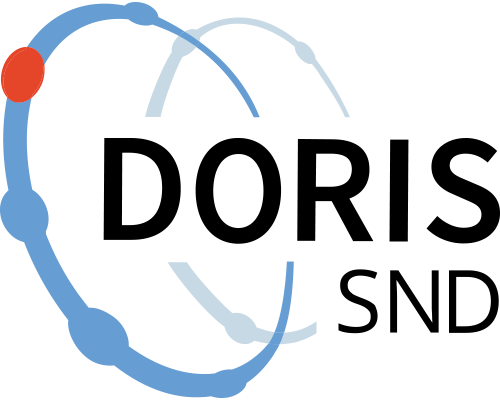Physicochemical and biological variables measured in 110 national monitoring lakes between 1992 and 2022.
Data files
Data files
Citation and access
Citation and access
Data access level:
Creator/Principal investigator(s):
Research principal:
Principal's reference number:
- SLU.ma.2025.IÄ-2
Data contains personal data:
No
Citation:
Language:
Method and outcome
Method and outcome
Time period(s) investigated:
Data format/data structure:
Species and taxons:
Data collection - Measurements and tests
Data collection - Measurements and tests
Mode of collection:
Measurements and tests
Description of the mode of collection:
Sampling and analyses of all abiotic and biological variables were based on standard protocols throughout the study period. These protocols are quality controlled and certified by the Swedish Board for Accreditation and Conformity Assessment (SWEDAC; https://www.swedac.se/). All physicochemical and biological analyses were performed at the Department of Aquatic Sciences and Assessment following international (ISO) or European (EN) standards (Fölster et al., 2014). Detailed information concerning methods and quality control can be found at https://www.slu.se/en/departments/aquatic-sciences-assessment/laboratories/vattenlabb2/. In brief, for physicochemical measurements mid-lake surface water samples (0.5 m) were taken annually during four sampling intervals (March to November) using a Plexiglas sampler. Phytoplankton was sampled quantitatively in late summer (August) with a tube sampler from the epilimnion in the open-water mid-lake area. Benthic macroinvertebrate samples were collected in autumn (mainly October/November) from littoral and profundal habitats. For littoral habitats, macroinvertebrates were collected using standardised kick sampling with a hand net (0.5 mm mesh). Five standardised kick samples (20-s duration, 1 m long, ca 0.5–1 m depth) were taken from stony, vegetation-free sites in each lake. For profundal macroinvertebrate collections consisted of five Ekman grab samples (247 cm2) taken within a 150 m x 150 m quadrate situated over the deepest area of the lake, washed through a 0.5 mm mesh and preserved in 70% ethanol (final concentration).
Time period(s) for data collection:
1992-03-01 - 2022-11-30
Data collector:
- Swedish University of Agricultural Sciences
Opens a new window at ror.org.
ROROpens in a new tab
Geographic coverage
Geographic coverage
Geographic location:
Geographic description:
National lake monitoring data. The 110 study lakes cover broad geographic gradients in latitude (range 55.5 to 68.4 ºN) and longitude (range 11.6 to 23.4 ºE), and ecosystem sizes (median lake surface area = 0.56 km2).
Administrative information
Administrative information
Responsible department/unit:
Department of Aquatic Sciences and Assessment
Contributor(s):
Commissioning organisation:
- Swedish University of Agricultural Sciences
Opens a new window at ror.org.
ROROpens in a new tab
Soil, Water, and Environmental Data:
Funding
Funding
Funding agency:
- Swedish Environmental Protection Agency and the Swedish Agency for Marine and Water Management.
Opens a new window at ror.org.
ROROpens in a new tab
Funding information:
The Swedish Environmental Protection Agency and the Swedish Agency for Marine and Water Management financed these long-term monitoring programmes.
Funding agency:
- Swedish University of Agricultural Sciences
Opens a new window at ror.org.
ROROpens in a new tab
Funding information:
Faculty support (professor)
